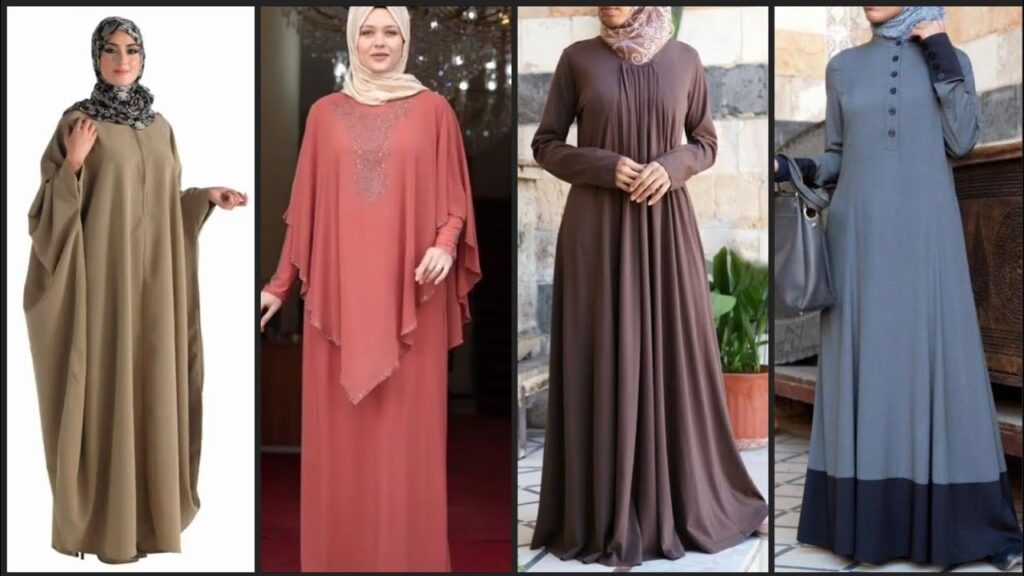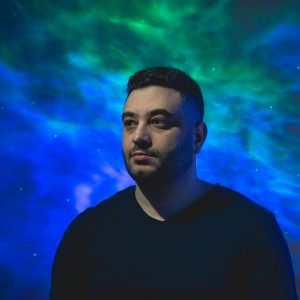The abaya, a traditional garment worn by women in many parts of the Middle East, particularly in the UAE and Saudi Arabia, has evolved over the years. Originally a simple, modest outer garment, the abaya has now become a symbol of both cultural identity and high fashion. As it blends traditional values with modern design elements, the abaya has transformed into a statement piece worn by women of all ages and backgrounds.
Dubai, known for its fashion-forward mentality and rich cultural heritage, has played a significant role in the global popularity of abaya design. Fashion houses in the city, along with independent designers, have introduced innovative takes on the abaya, elevating it from a modest piece of clothing to a glamorous and stylish fashion item.
In this article, we will explore the evolution of abaya design, highlight some key trends, and examine how modern designers are shaping the future of this iconic garment.

The Evolution of the Abaya
The abaya, at its core, is a simple black cloak that covers the body, typically worn by women to maintain modesty as prescribed by Islamic law. Historically, the abaya was made from heavy fabrics like wool or silk, designed for function over fashion. The primary goal was to provide full coverage and protection from the sun while maintaining privacy.
As fashion and style have evolved over time, so too has the abaya. The late 20th century saw the rise of more intricate designs, incorporating embroidery, beading, and embellishments. By the 21st century, the abaya had transformed into a blend of traditional modesty and modern flair. Designers started to experiment with various fabrics, colors, and cuts, turning the abaya into a symbol of both elegance and empowerment for women.

Modern Trends in Abaya Design
The current landscape of abaya design is characterized by innovation, with designers incorporating contemporary elements into the traditional silhouette. Here are some of the most prominent trends seen in modern abaya design:
1. Color Variety
While the traditional abaya is predominantly black, today’s abayas come in a wide array of colors and shades. From pastel pinks and blues to vibrant reds and purples, many designers have embraced color to break away from the conventional black. These colored abayas, often made with luxurious fabrics such as satin and chiffon, have found popularity in both daily wear and special occasions.
2. Statement Sleeves
Sleeves have become a focal point in modern abaya design. Flared sleeves, bell sleeves, and even balloon sleeves are incorporated to add drama and style. Designers use silk, velvet, and lace to create sleeves that flow elegantly, elevating the overall look. Some abayas are designed with asymmetrical sleeve lengths, creating a sophisticated, fashion-forward appearance.
3. Intricate Embroidery and Beading
Abayas are increasingly being adorned with intricate embroidery, crystals, and beadwork. Designers use gold, silver, and other metallic threads to create stunning patterns, often inspired by traditional motifs such as Arabic calligraphy, floral patterns, or geometric shapes. Beading and sequins are also popular embellishments, adding sparkle and luxury to the garment. These opulent details make abayas suitable for formal events, weddings, and even gala dinners.
4. Minimalist Designs
On the other end of the spectrum, minimalist abayas have gained significant traction. These abayas focus on clean lines and simplicity, often made from high-quality fabrics like crepe or jersey. A minimalist abaya may feature a sleek, straight silhouette with little to no decoration, offering a timeless, elegant look. These designs allow for more versatility, as they can be easily accessorized with scarves, handbags, and shoes.
5. Open Front and Layered Styles
Many modern abayas now feature an open-front design, offering a more relaxed fit and a casual yet chic aesthetic. These abayas often resemble coats or cardigans, allowing the wearer to pair them with inner garments such as dresses, skirts, or pants. Layered abayas, which include tunic-like designs and detachable elements, are also becoming increasingly popular, allowing for greater freedom of movement and personal expression.
6. Fusion with Western Styles
One of the most exciting trends in abaya design is the fusion of traditional Arabic designs with Western fashion trends. Designers have experimented with introducing elements of Western fashion, such as peplum, ruffles, and even denim, into abaya designs. These hybrid abayas blend the modesty and grace of traditional Arabic attire with the edginess and style of Western fashion, creating garments that appeal to a global audience.
7. Sustainable and Ethical Fashion
With the growing awareness of sustainability, many abaya designers have started focusing on eco-friendly and ethically sourced fabrics. Designers are embracing organic cotton, linen, and bamboo as alternatives to synthetic materials. The use of sustainable materials not only benefits the environment but also ensures that the garments are comfortable, breathable, and durable.
Influential Abaya Designers
Dubai is home to several high-profile designers who have redefined the abaya industry and brought global attention to the emirate’s fashion scene. Here are a few designers who have made significant contributions to the evolution of abaya design:
1. Zouari Couture
Zouari Couture is a leading brand in the UAE, known for its modern and stylish take on the abaya. The designer behind the brand, Mariam Zouari, is passionate about fusing cultural traditions with contemporary styles. Zouari’s abayas often feature intricate embroidery, modern cuts, and luxurious fabrics, making them a popular choice for high-profile events and weddings.
2. Rabia Z Design
Rabia Z is another influential name in the world of abaya design. Known for her minimalist approach and innovative designs, Rabia Z creates abayas that are both stylish and modest. Her collections feature clean, structured lines, intricate details, and a variety of textures, creating abayas that appeal to women who seek elegance and simplicity.
3. Amato Couture
Amato Couture, founded by Filipino designer Furne One, has become synonymous with luxury and opulence. Although primarily known for bridal wear, Amato Couture also creates stunning abayas with elaborate embroidery, crystals, and luxurious fabrics. The brand’s abayas are popular among celebrities and high-net-worth individuals, particularly for their lavish designs and unique craftsmanship.
The Global Impact of Abaya Design
As the abaya continues to evolve, it has garnered interest not only in the Middle East but also internationally. Fashion-forward women from around the world are embracing the abaya as a symbol of modesty, elegance, and sophistication. The global appeal of abayas has resulted in increased demand from international markets, where buyers are looking for contemporary, stylish garments that reflect both cultural heritage and modernity.
Fashion events such as Dubai Fashion Week and Fashion Forward Dubai have played a crucial role in bringing abaya design to the global stage. International fashion buyers, media, and influencers are increasingly recognizing the abaya as a piece of high fashion that transcends cultural boundaries.
Conclusion
The abaya has come a long way from its humble origins as a simple garment worn for modesty. Today, it is a symbol of modern sophistication and cultural pride. The innovative designs that blend tradition with contemporary elements have made the abaya an essential part of the fashion landscape. As Dubai continues to be a global hub for fashion and innovation, the future of abaya design looks incredibly bright. Whether for everyday wear, special occasions, or fashion-forward statements, the abaya continues to stand as a testament to the evolving trends of modest fashion.
Do follow Uae stories for more Updates
Dubai’s Turtle Rehabilitation Project: Saving Sea Turtles One Step at a Time














